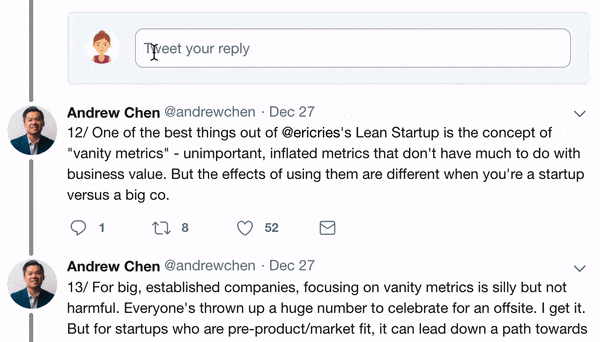
Good Morning! You know that omnipresent Buffett quote "fearful when others are greedy, and greedy when others are fearful.”? When I become some massive fund manager (will never happen, lol), my omnipresent quote will be "Hedging is bullish, selling is bearish".
Friday produced a drop that was massively overvixed by 6.83 points. Since volmageddon, this has happened on 6 days. The first was volmaggeddon itself. It resulted in a large bounce, then OML, then bull run.
4 happened in close proximity during Covid drop, and each next day resulted in a bounce. The only time that was different was 6Apr20 when there was a liquidity injection and it was overvixed on an up day. The last was earlier this year where we bounced the next day and had OML.
I answered @vixologist and @therobemrich that today my prediction is a 75-85 point bounce. It could be lower, likely not higher, but history says we may experience OML, especially if that bounce is undervixed. So if playing this, here's the gameplan...
Today we will likely see a bounce, but see if it is undervixed, repairing some of the liquidity from Friday and resulting in a lower high. If the bounce is not undervixed, the bounce will have staying power. If it is undervixed, expect OML.
But one way or another, within 2 weeks historically we will reach Friday's levels again and likely exceed them, so that's the target for any trades being made.
• • •
Missing some Tweet in this thread? You can try to
force a refresh



